Today we will talk a little about a type of tropical flowers known as Heliconias, a variety of species full of beautiful and colorful features such as bright colors, its particular shape and its impressive size.
Heliconias are perennial herbaceous plants whose height varies from 70 cm to 10 m. Bracts are the most showy organs of a heliconia, usually of primary or mixed colors. They are grouped in the order Zingiberales, and are known abroad as exotic tropical, for its variety of colors, shapes, sizes and long durability. They are distributed from the Tropic of Cancer to the Tropic of Capricorn, are mostly from tropical and subtropical regions of central and South America.
The successful cultivation of heliconias depends on an adequate method of propagation and the performance of cultural tasks on time, in order to obtain healthy plants of good quality. The first crop is obtained between seven and ten months after sowing, but the flower with the best quality is obtained after 12 months.
Heliconia Rauliliana. (crazy flower)
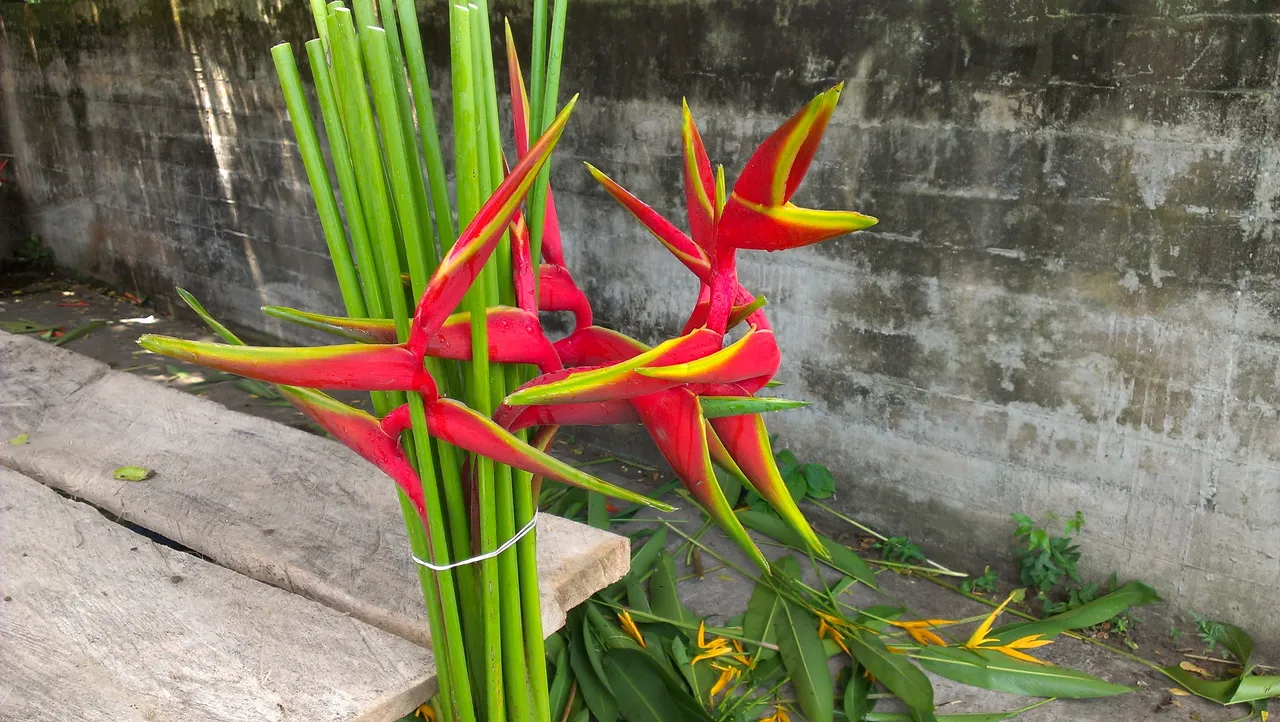
Image of my authorship.
Among others, the best known are gingers and birds of paradise. More than 250 species have been described from the genus Heliconia, of which 97 are distributed in Colombia and 48 of these have been described as endemic, placing this country as the largest center of diversity of this genus in the world.
Heliconias, birds of paradise, achiras, gingers, bilbos and other plants known as platanillos are grouped botanically in the order Zingiberales. This order is composed of eight families: Heliconeaceae, Strelitziaceae, Musaceae, Costaceae, Lowiaceae, Marantaceae, Zingiberaceae and Cannaceae. Previously, the group of plants belonging to the family Heliconiaceae were located in the Musaceae family; however, Nakai in 1941 separated them as Heliconiaceae. Subsequently, Kress in 1994 proposed a new classification system in subgenres and sections, based on morphological, ecological and genetic characteristics.
The family Heliconiaceae is only represented by the genus Heliconia, it has 200 to 400 species and 98% of these are distributed in Central and South America and the Caribbean.
My father in a paradise birds crop.
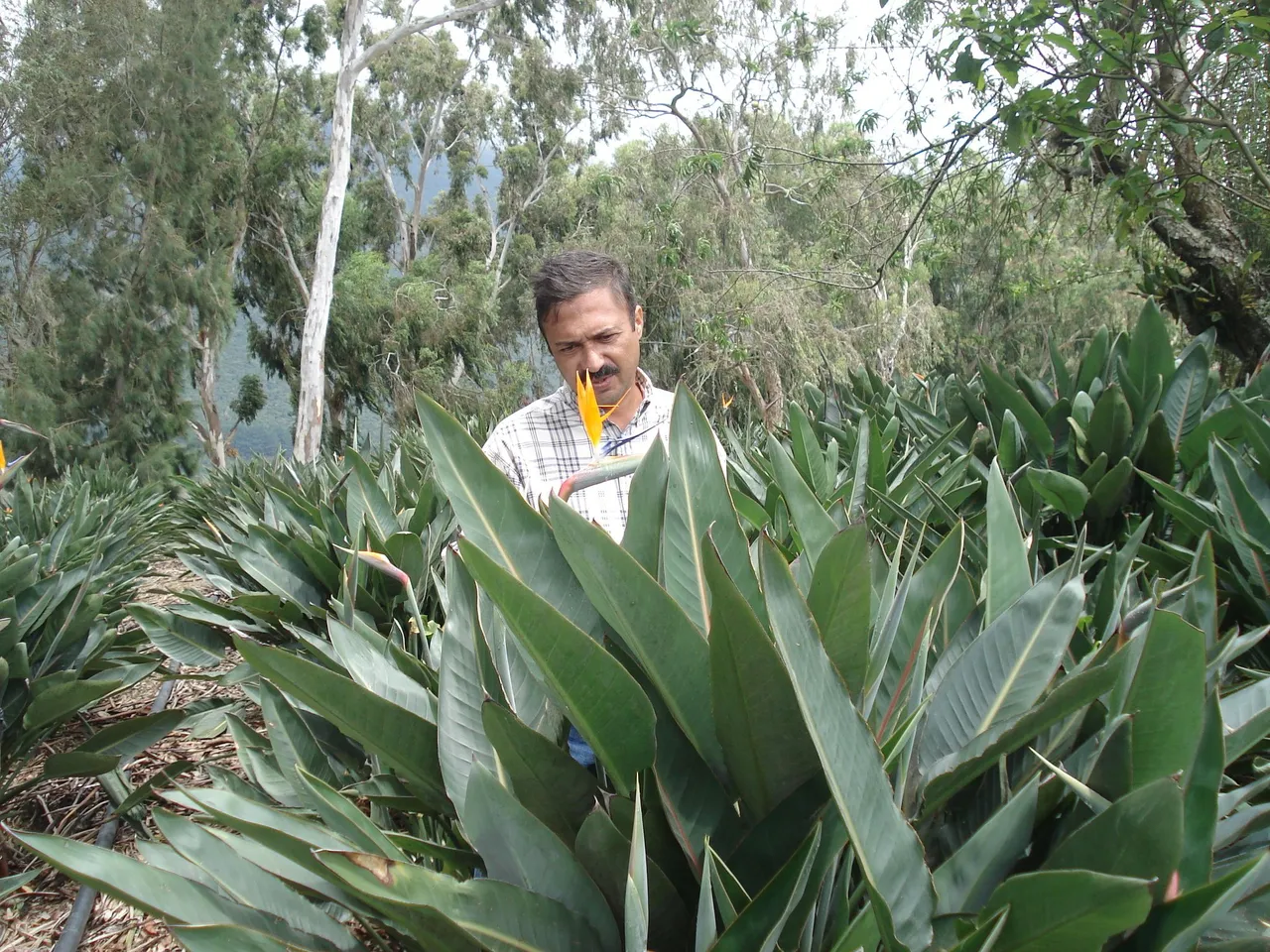
Image of my authorship.
"Bird of paradise" flower.
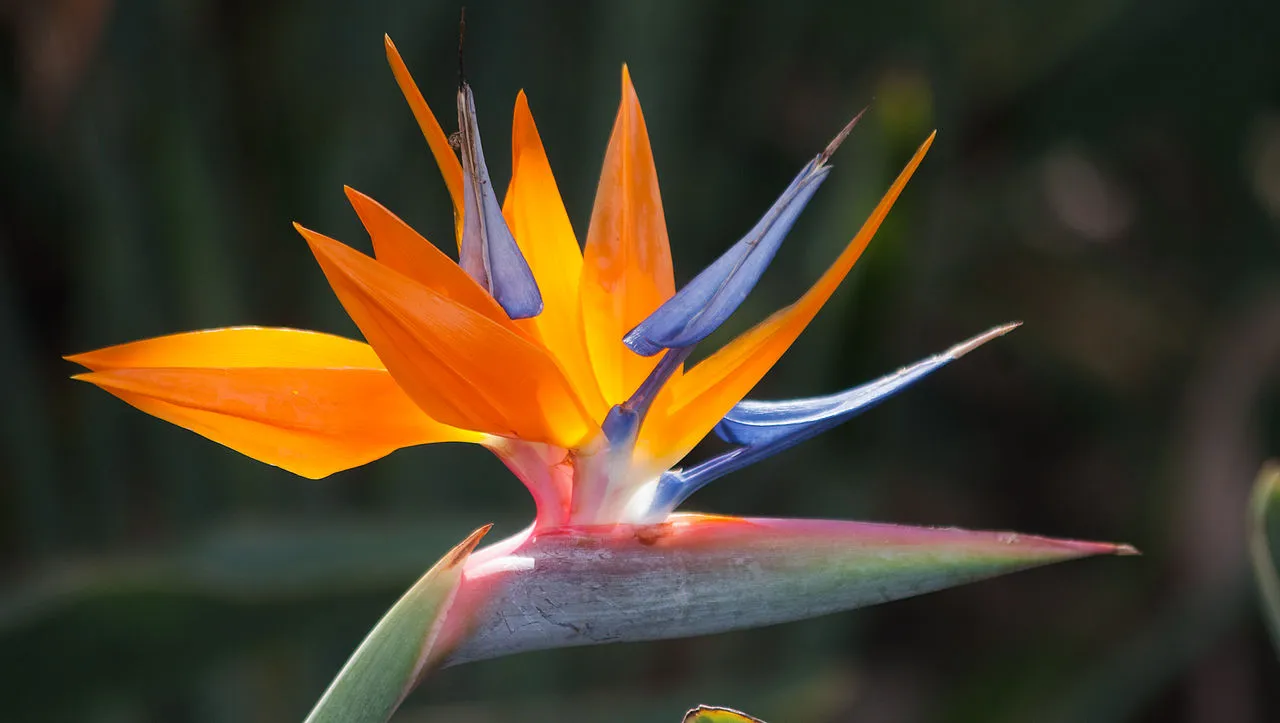
Source
Heliconias are monocotyledonous plants, which grow from rhizomes that produce buds or shoots. Its large leaves are placed in a distical position and, depending on how they are arranged, three different growth habits can be identified: "canoide" when the leaves have medium petioles and are arranged obliquely, "musoid", when the leaves are upright and with very long petioles and "zingiberoid", with leaves usually sessile and arranged more or less horizontally.
Musoid example. Heliconia Guadalupe.

Image of my authorship.
Its flowers are hermaphrodite and have bracts of red, green, yellow, pink or orange. In the American tropics, hummingbirds are the exclusive pollinators of red, yellow, pink and orange heliconias, while bats fulfill this same mission with green heliconias.
Heliconia Chratacea. An example for variety of colors.
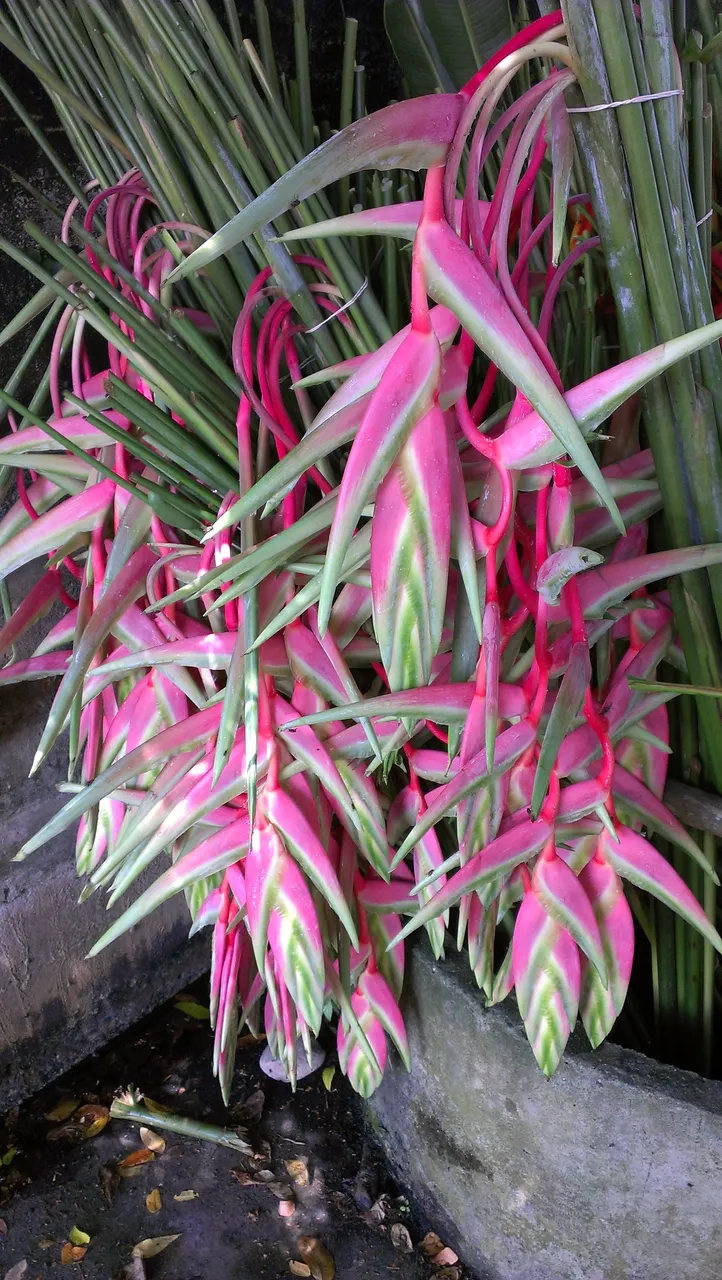
Image of my authorship.
Due to the brightness of its flowers are plants for ornamental cultivation, there are many cultivars destined for cut flowers as they have a long lasting conservation. If we want to cultivate it, we will take into account that the plantation is carried out in the spring using the separation of the shoots, although it can also be reproduced by means of seeds. We will look for a semi-shaded exhibition.
Some curiosities about these magnificent flower species...
The pigment receptors of the insects are displaced to capture the ultraviolet spectrum. They come to perceive some nuances or mixtures that contain the color red, but not so pure red that goes unnoticed or, at best, does not attract enough attention, perhaps knowing that the flowers that chose to be red are not They were designed for them.
The absence of aroma is another distinctive feature of some flowers that do not intend to attract insects as intermediaries of their reproduction. Their true suitors, the nectarivorous birds, on the contrary, in most cases do not have senses of smell developed, or have totally excluded the world of smells as in the case of small hummingbirds; nevertheless, they see the colors perfectly in the visible spectrum, the same field of vision in which the human beings unfold themselves.
The external shape and internal structure of the flower, its peculiar arrangement in the twig, the abundance of inflorescences, its continuity throughout the year in the tropical climate (flowers that live only one day and that open during daytime), the depth at which the nectaries are adapted to the different length of the peaks, the quantity and quality of the nutritious liquid sugar that is offered ..., everything in these flowers has evolved to satisfy the nectar demand of the hummingbirds, favoring them as pollinating agents against the competition of insects or bats.
Although our small protagonist birds look for and obtain nectar in flowers of different colors, they seem especially attracted by those that are of a striking red color.
This is how, among others, a family of plants, the heliconias, has linked their destiny to the existence of such a singular group of birds to the point that a large number of their species depend totally for their survival on these tireless birds. It is, in any case, a reciprocal contract to which both birds and flowers are inextricably linked for life.
These crops have the particularity of generating unique environments and full of opportunities to learn from Mother Nature itself. My family has an experience of more than 12 years cutting and reproducing these species, the complexity and beauty of these plants, fill us all with knowledge and awareness about the environment and its delicate balance.
Heliconias crop in Tomoporo, Venezuela.
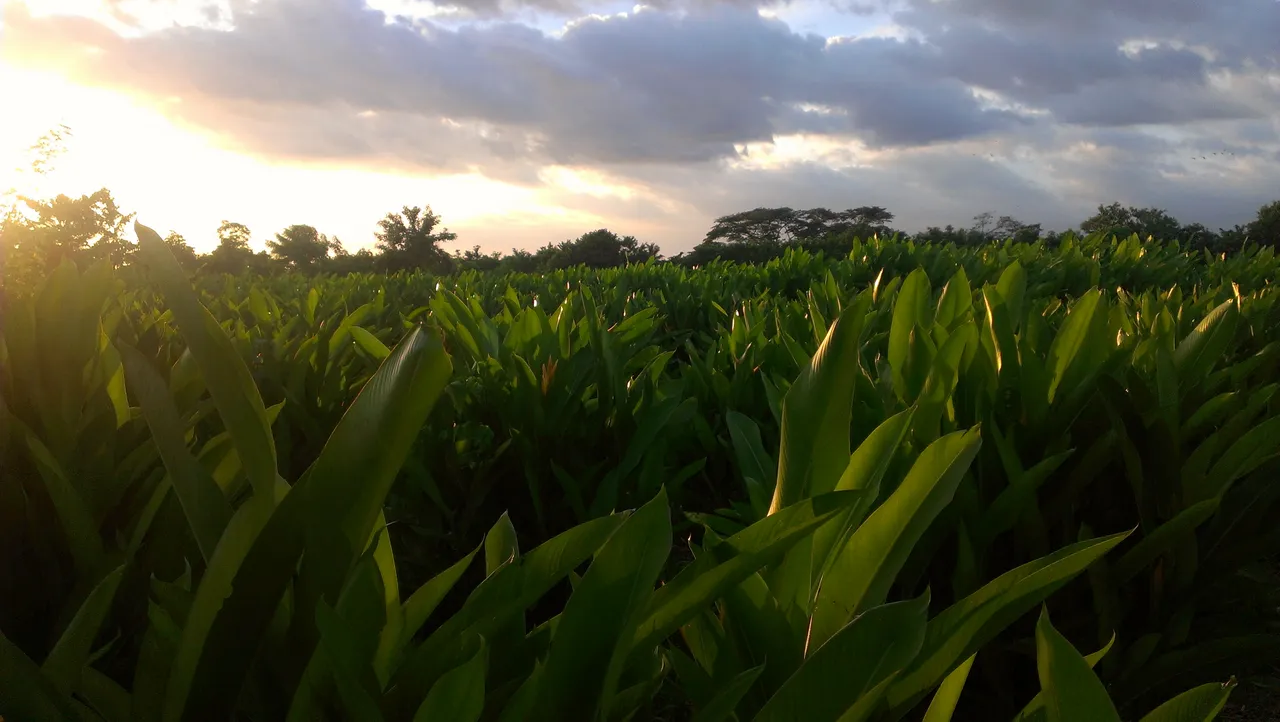
Image of my authorship.
References:
-https://www.helipress.com/
-http://www.scielo.br/scielo.php?script=sci_arttext&pid=S0102-33061990000100011
-http://www.htbg.com/wordpress/?p=58
-https://www.rainforest-alliance.org/species/heliconia
-http://botany.si.edu/zingiberales/genera/genuspage.cfm?mygenus=Heliconia&myfamily=Heliconiaceae
I hope you liked it! Please comment and share for more post like this and, if you liked, follow me! @josevbc .


